Home>Home Appliances>Home Automation Appliances>How To Reprogram An Alexa
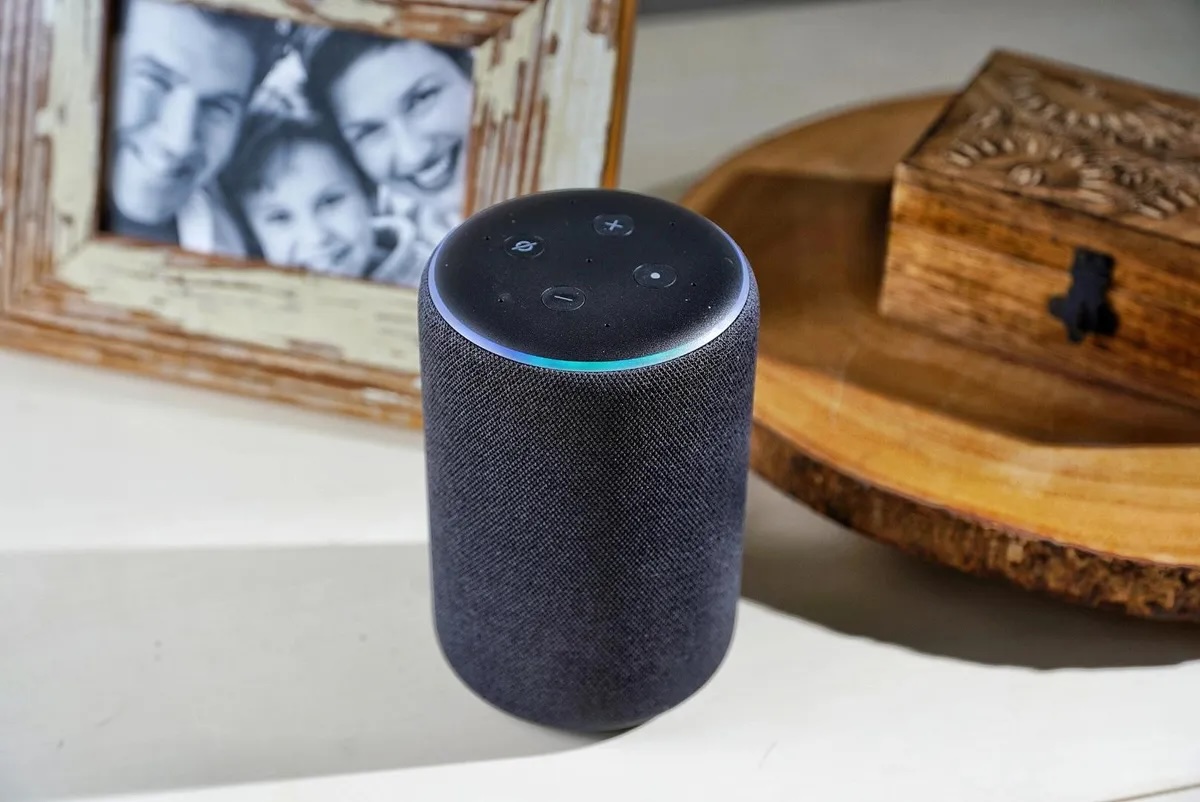

Home Automation Appliances
How To Reprogram An Alexa
Published: January 3, 2024
Learn how to reprogram your Alexa for better home automation control and efficiency. Get expert tips on managing your home automation appliances effortlessly.
(Many of the links in this article redirect to a specific reviewed product. Your purchase of these products through affiliate links helps to generate commission for Storables.com, at no extra cost. Learn more)
Introduction
Welcome to the world of Alexa, where the convenience of voice-activated technology meets the power of home automation. Alexa, the virtual assistant developed by Amazon, has become an integral part of many households, offering a seamless way to control smart home devices, play music, provide weather updates, and much more. However, what if you want to customize Alexa's responses or add new functionalities? This is where reprogramming Alexa comes into play.
Reprogramming Alexa involves modifying its behavior or adding new capabilities to enhance the user experience. Whether you want to create custom voice commands, integrate Alexa with third-party services, or personalize its responses, understanding how to reprogram Alexa can unlock a world of possibilities for tailoring your smart home setup to your specific needs.
In this comprehensive guide, we will delve into the intricacies of reprogramming Alexa, providing a step-by-step approach to help you navigate the process with ease. From understanding the fundamentals of Alexa's programming to executing the reprogramming steps and testing the results, you will gain valuable insights into harnessing the full potential of this intelligent virtual assistant.
So, if you're ready to embark on a journey of customization and innovation, fasten your seatbelt and get ready to explore the fascinating realm of reprogramming Alexa. Let's dive in and unlock the true potential of your smart home ecosystem!
Key Takeaways:
- Reprogramming Alexa allows you to customize its behavior and add new skills, enhancing your smart home experience with personalized voice commands and tailored responses.
- Understanding Alexa’s programming and following a step-by-step reprogramming process empowers you to unlock the full potential of your virtual assistant, creating a personalized and responsive smart home ecosystem.
Read more: How To Reprogram A Garage Door Opener
Understanding Alexa’s Programming
Before delving into the process of reprogramming Alexa, it’s essential to grasp the underlying principles of Alexa’s programming structure. At its core, Alexa’s functionality is driven by a combination of pre-defined skills and the ability to create custom skills using the Alexa Skills Kit (ASK).
Pre-defined Skills: Alexa comes equipped with a wide array of pre-defined skills that enable it to perform tasks such as setting alarms, playing music, providing weather updates, and controlling smart home devices. These skills form the foundation of Alexa’s capabilities and are designed to offer a seamless user experience right out of the box.
Alexa Skills Kit (ASK): The ASK empowers developers and enthusiasts to extend Alexa’s capabilities by creating custom skills tailored to their specific needs. Whether it’s building interactive games, integrating with third-party services, or developing personalized voice interactions, the ASK provides a robust framework for expanding Alexa’s functionality beyond its default features.
When it comes to reprogramming Alexa, understanding these two facets of Alexa’s programming is crucial. Whether you’re leveraging existing skills or crafting new ones from scratch, the flexibility offered by the ASK allows you to tailor Alexa’s behavior to suit your unique requirements.
Furthermore, Alexa’s programming is underpinned by natural language understanding (NLU) and machine learning algorithms, enabling it to interpret user commands and generate contextually relevant responses. This sophisticated interplay of technologies forms the backbone of Alexa’s intelligence, making it adept at understanding and responding to a diverse range of queries and instructions.
By comprehending the intricacies of Alexa’s programming model, you can gain a deeper appreciation for its capabilities and unlock the potential to customize its behavior to align with your personalized preferences. With this foundational knowledge in place, you’re primed to embark on the journey of reprogramming Alexa to elevate your smart home experience.
Steps to Reprogram Alexa
Now that we have a solid understanding of Alexa’s programming landscape, let’s explore the step-by-step process of reprogramming Alexa to imbue it with new skills and personalized behaviors. Whether you’re looking to create custom voice commands, integrate Alexa with third-party services, or enhance its existing capabilities, the following steps will serve as your roadmap to reprogramming success.
- Identify Your Reprogramming Objective: The first step in reprogramming Alexa is to clearly define the objective you wish to achieve. Whether it’s adding a new skill, customizing responses, or integrating with a specific service, having a clear goal in mind will guide the reprogramming process.
- Access the Alexa Skills Kit (ASK) Developer Console: To create custom skills for Alexa, you’ll need to access the ASK Developer Console, which provides a user-friendly interface for building and managing Alexa skills. This platform empowers you to define the interaction model, configure skill behavior, and test your creations in a simulated environment.
- Design Your Custom Skill: Within the ASK Developer Console, you can design the interaction model for your custom skill by specifying the intents, utterances, and slots that define how users will interact with Alexa to invoke the skill. This step involves crafting a seamless and intuitive voice interface that aligns with the intended functionality of your custom skill.
- Implement Skill Logic and Backend Functionality: Once the interaction model is defined, you’ll proceed to implement the logic and backend functionality of your custom skill. This involves writing code to handle user requests, process data, and interface with external APIs or services, depending on the specific capabilities you aim to imbue Alexa with.
- Test Your Custom Skill: After developing the custom skill, it’s crucial to thoroughly test its functionality to ensure a smooth and accurate user experience. The ASK Developer Console provides robust testing tools that allow you to simulate user interactions and validate the behavior of your custom skill across various scenarios.
- Deploy Your Custom Skill: Once your custom skill has been meticulously tested and refined, it’s time to deploy it to the Alexa platform, making it available for use on your Alexa-enabled devices. This step marks the culmination of the reprogramming process, as your custom skill becomes an integral part of Alexa’s repertoire.
By following these steps, you can effectively reprogram Alexa to encompass a diverse range of custom skills and behaviors, tailored to your unique preferences and requirements. Whether you’re a developer seeking to create innovative voice interactions or an enthusiast looking to personalize Alexa’s capabilities, the reprogramming process opens the door to endless possibilities for enhancing your smart home ecosystem.
To reprogram an Alexa, you can reset it to its factory settings by holding down the microphone off and volume down buttons for 20 seconds. This will erase all previous settings and allow you to start fresh.
Testing the Reprogramming
After reprogramming Alexa and integrating custom skills or behaviors, thorough testing is paramount to ensure that the reprogrammed features function seamlessly and deliver a delightful user experience. Testing serves as the litmus test for the efficacy of the reprogramming efforts, allowing you to validate the functionality, accuracy, and responsiveness of the newly integrated capabilities.
Functional Testing: The first aspect of testing involves verifying the functional integrity of the reprogrammed features. This entails interacting with Alexa using the newly added skills or customized behaviors to ascertain that they perform as intended. Whether it’s invoking custom voice commands, receiving personalized responses, or triggering specific actions, functional testing validates that the reprogrammed elements align with your predefined objectives.
Usability Testing: Usability testing focuses on evaluating the user experience associated with the reprogrammed features. This involves assessing the intuitiveness of voice commands, the clarity of Alexa’s responses, and the overall ease of interacting with the newly integrated capabilities. By soliciting feedback from users and conducting usability assessments, you can refine the reprogrammed features to optimize their usability and user satisfaction.
Compatibility Testing: In the context of reprogramming Alexa, compatibility testing is essential to ensure that the newly integrated skills or behaviors harmonize seamlessly with the existing ecosystem of smart home devices and services. Verifying interoperability and identifying any potential conflicts or inconsistencies is crucial to guaranteeing a cohesive and interoperable smart home environment.
Performance Testing: Performance testing involves evaluating the responsiveness and speed of the reprogrammed features, ensuring that they deliver prompt and reliable outcomes. By subjecting the reprogrammed capabilities to varying usage scenarios and load conditions, you can gauge their performance under real-world usage patterns and optimize their responsiveness for a seamless user experience.
Regression Testing: As new skills and behaviors are added to Alexa through reprogramming, regression testing becomes imperative to ensure that existing functionalities remain unaffected. By conducting regression tests, you can preemptively identify and rectify any unintended side effects or conflicts that may arise due to the introduction of reprogrammed elements.
By meticulously conducting these testing procedures, you can validate the success of the reprogramming endeavors and fine-tune the integrated features to deliver a cohesive, intuitive, and reliable user experience. Testing serves as the linchpin of reprogramming, empowering you to refine and optimize Alexa’s capabilities to align with your personalized requirements and preferences.
Conclusion
Reprogramming Alexa represents a gateway to unparalleled customization and innovation within the realm of smart home automation. By gaining insights into Alexa’s programming structure and following a systematic approach to reprogramming, you can unlock the potential to tailor Alexa’s behavior, imbue it with custom skills, and personalize its responses to align with your unique preferences and requirements.
Throughout this journey, we’ve delved into the intricacies of Alexa’s programming model, emphasizing the pivotal role of the Alexa Skills Kit (ASK) in creating custom skills and extending Alexa’s capabilities. Understanding the interplay of pre-defined skills and custom skills forms the foundation for reprogramming Alexa, enabling you to sculpt a personalized and responsive virtual assistant that seamlessly integrates with your smart home ecosystem.
From identifying reprogramming objectives to designing custom skills, implementing backend logic, and rigorously testing the reprogrammed features, each step in the reprogramming process contributes to the realization of a tailored and enriched Alexa experience. Whether you’re a developer crafting innovative voice interactions or an enthusiast seeking to personalize Alexa’s responses, the reprogramming journey offers a canvas for creativity and ingenuity.
Testing serves as the litmus test for the efficacy of the reprogramming efforts, ensuring that the newly integrated skills and behaviors function seamlessly, deliver a delightful user experience, and harmonize with the existing smart home environment. By subjecting the reprogrammed features to functional, usability, compatibility, performance, and regression testing, you can validate their success and refine them to optimize the user experience.
As you navigate the process of reprogramming Alexa, remember that the journey is a dynamic and iterative one, characterized by continuous refinement and enhancement. Whether you’re reprogramming Alexa to streamline daily tasks, create immersive voice interactions, or integrate with third-party services, the ability to tailor Alexa’s behavior and expand its capabilities empowers you to shape a smart home ecosystem that resonates with your lifestyle and preferences.
So, as you embark on your reprogramming endeavors, embrace the boundless potential for customization and innovation that Alexa offers. Whether you’re fine-tuning existing skills or crafting entirely new ones, reprogramming Alexa is your passport to a personalized, responsive, and enriching smart home experience.
Frequently Asked Questions about How To Reprogram An Alexa
Was this page helpful?
At Storables.com, we guarantee accurate and reliable information. Our content, validated by Expert Board Contributors, is crafted following stringent Editorial Policies. We're committed to providing you with well-researched, expert-backed insights for all your informational needs.
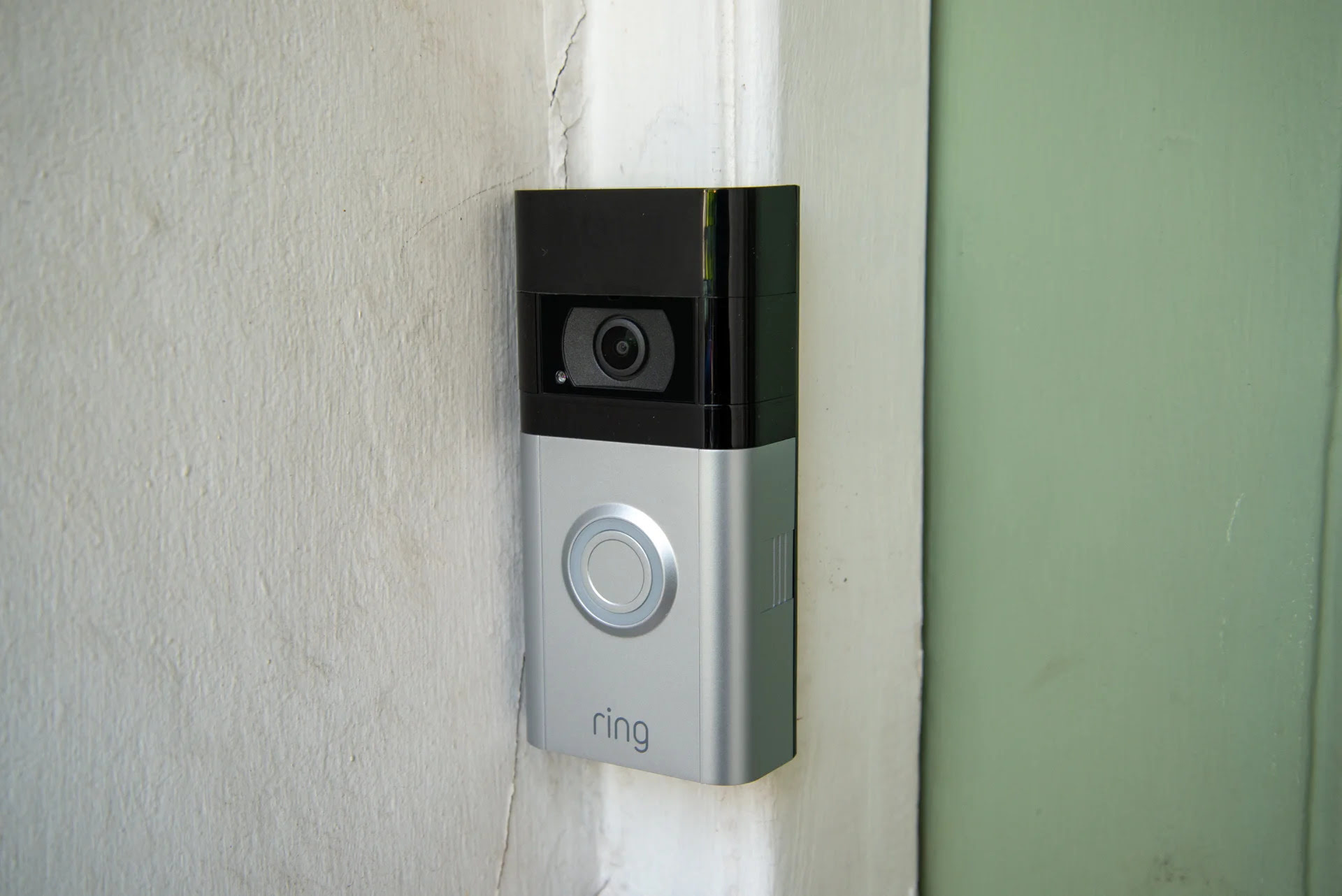
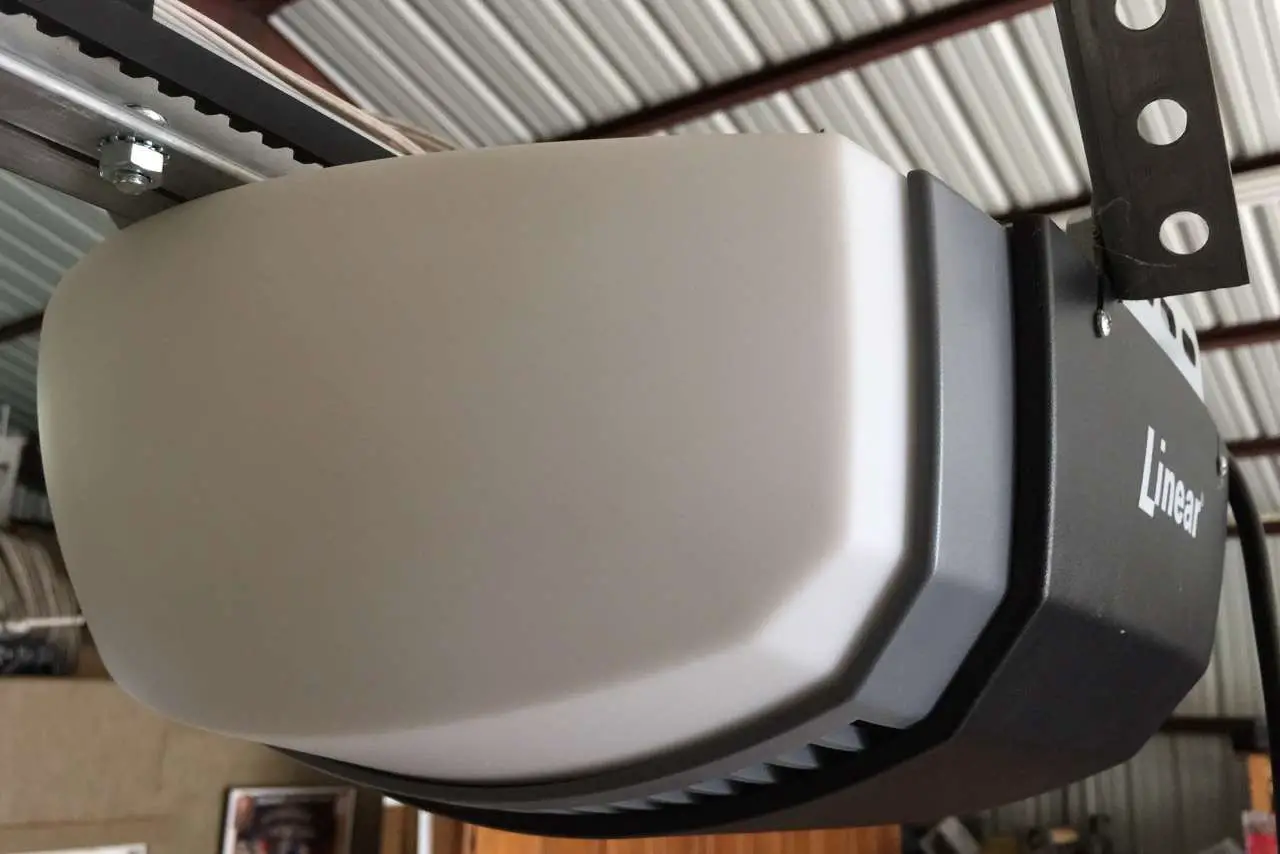
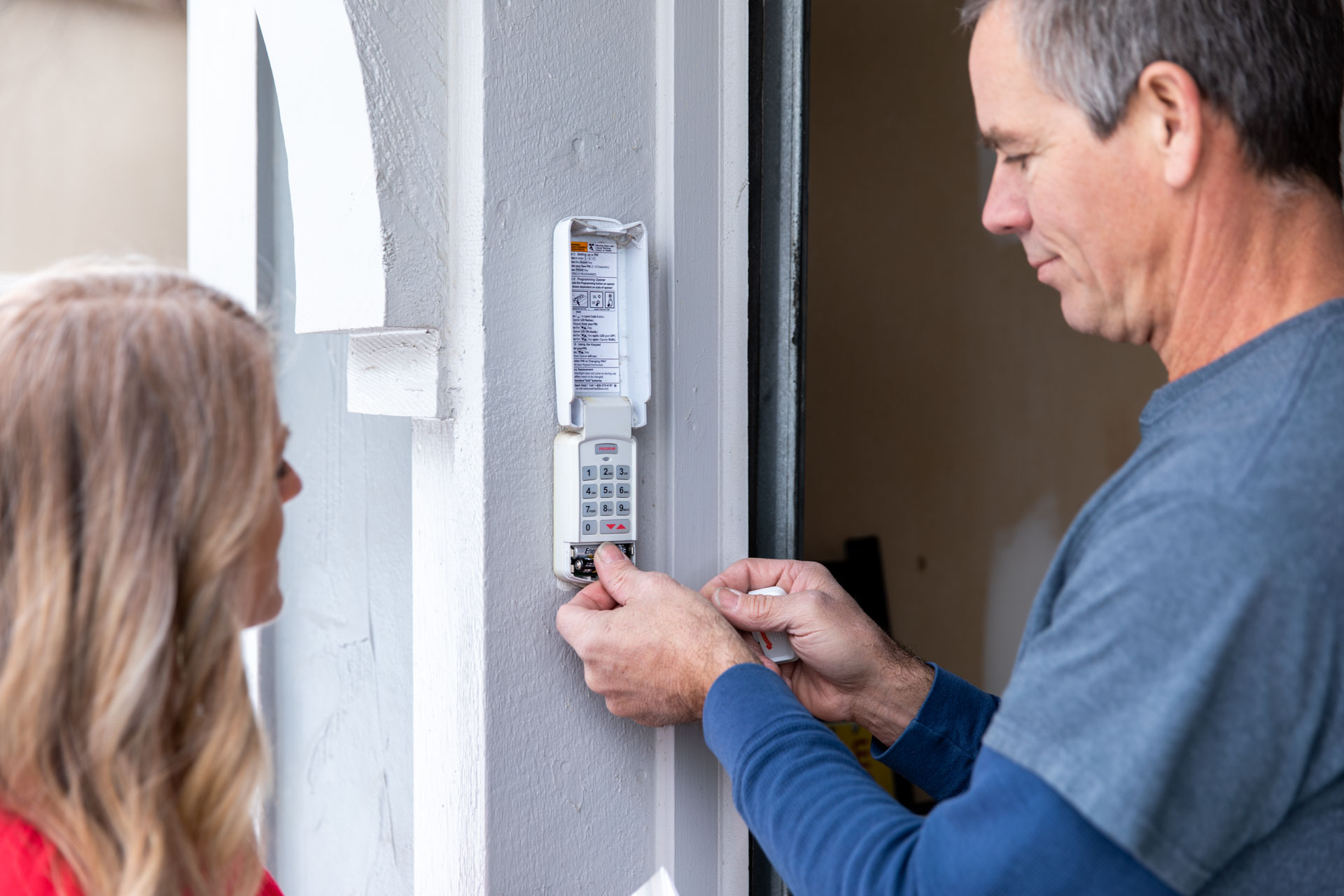
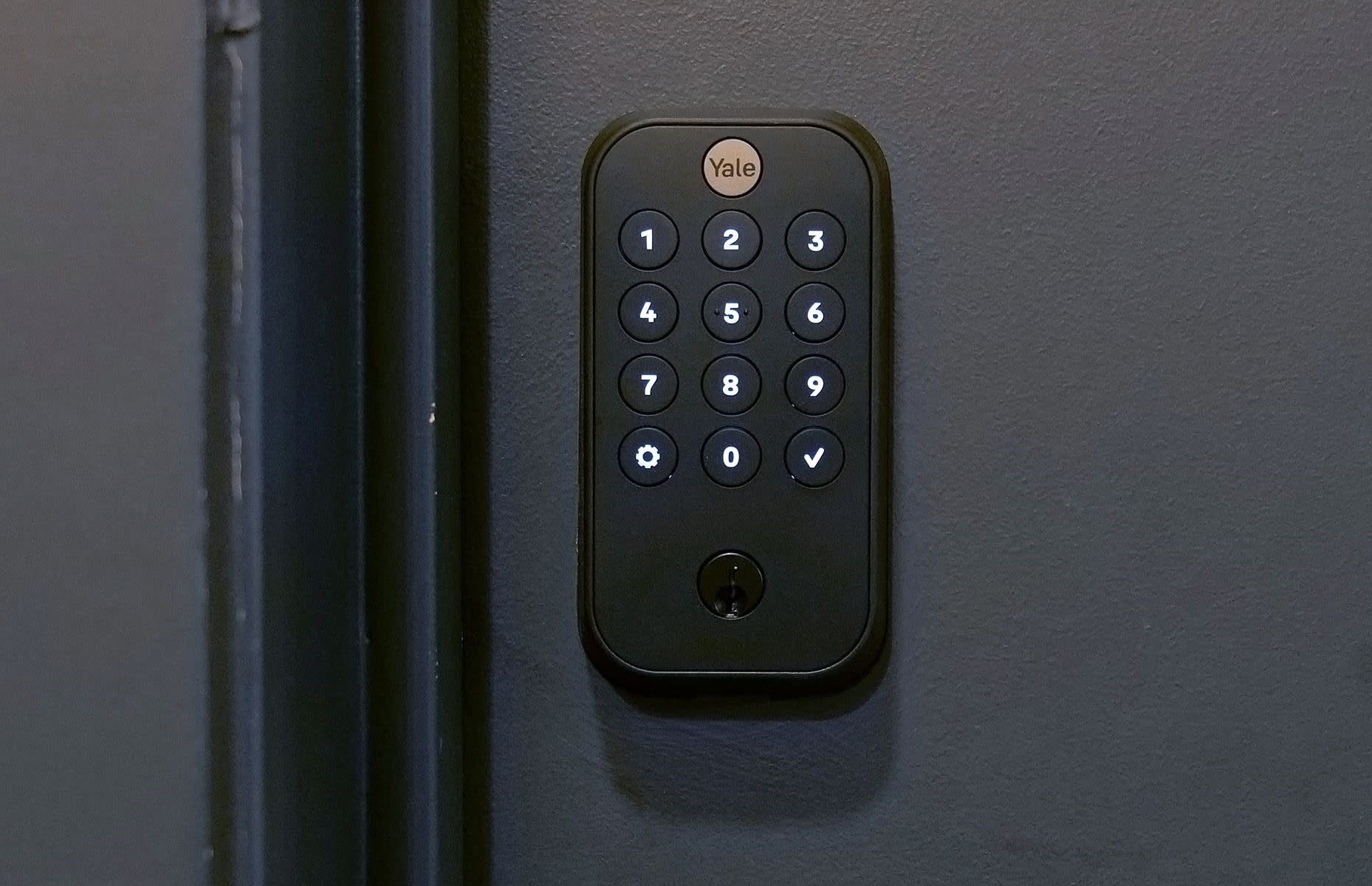
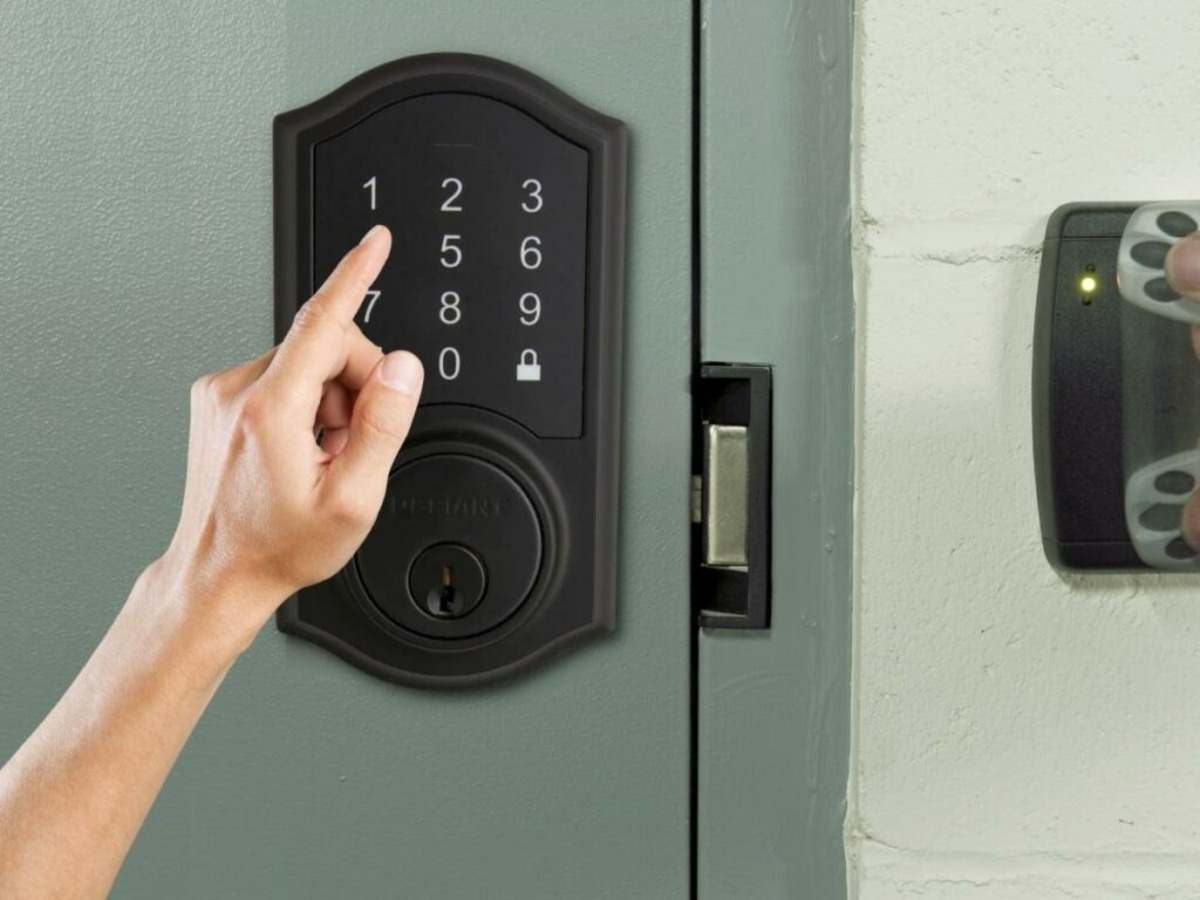
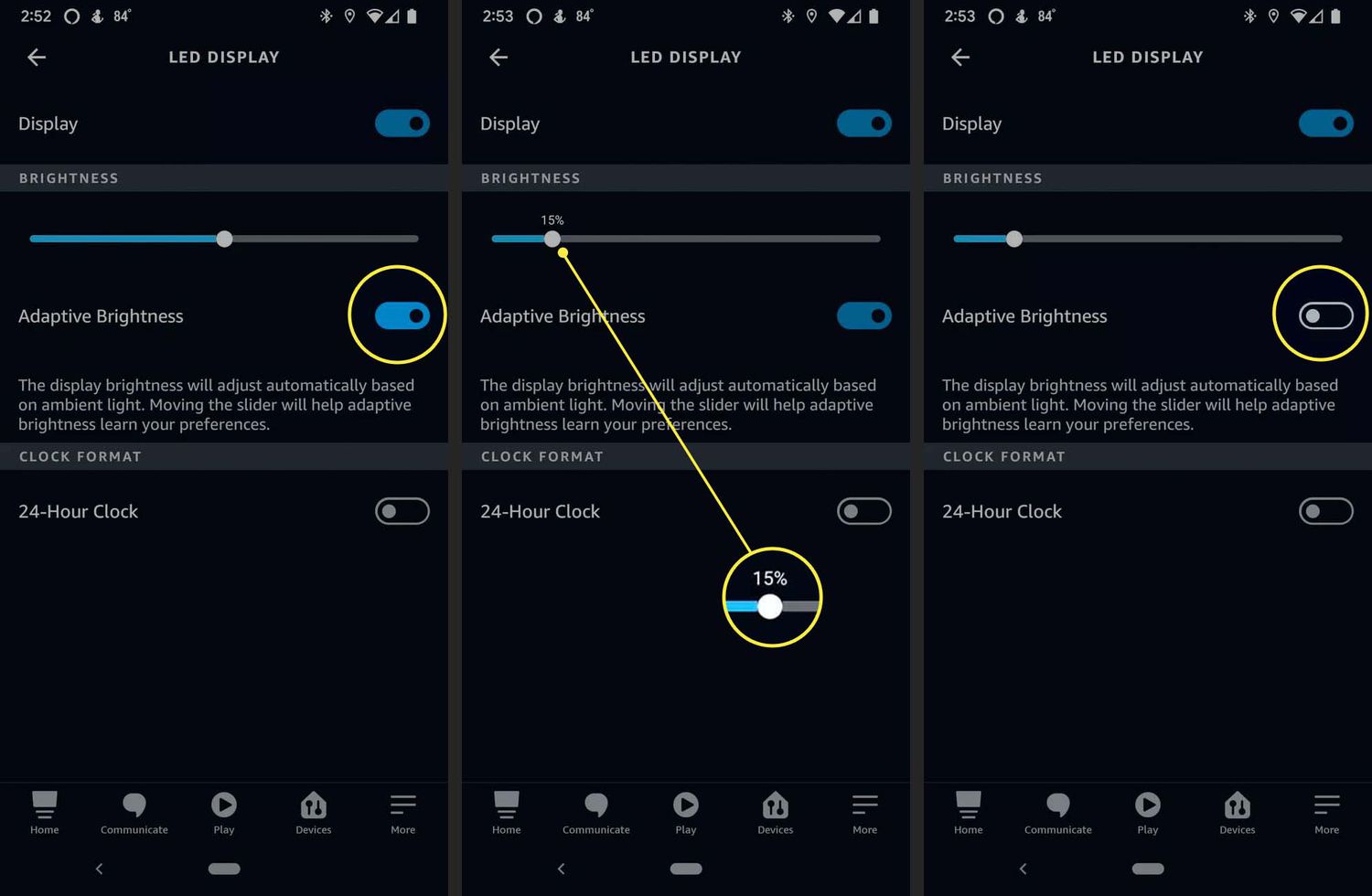
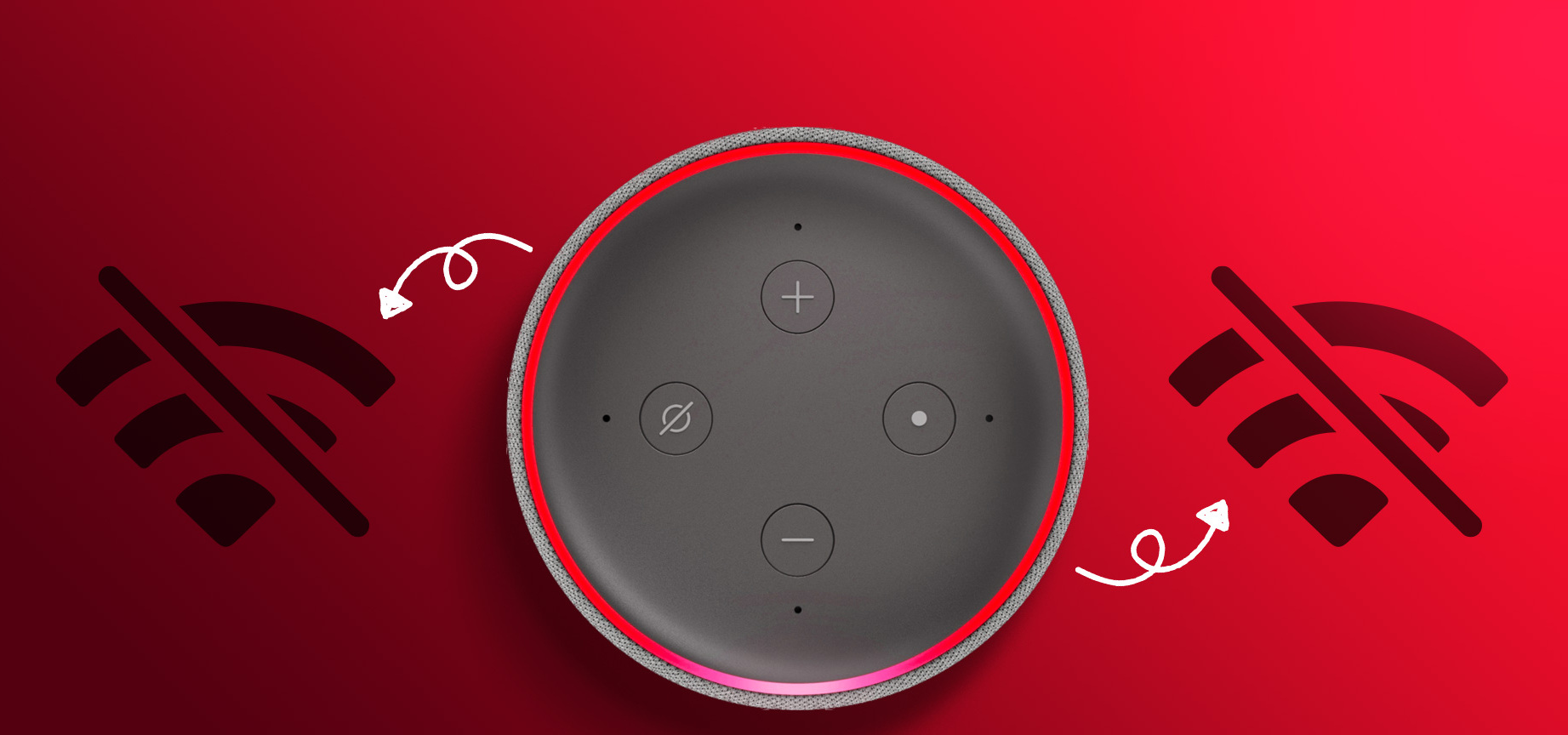
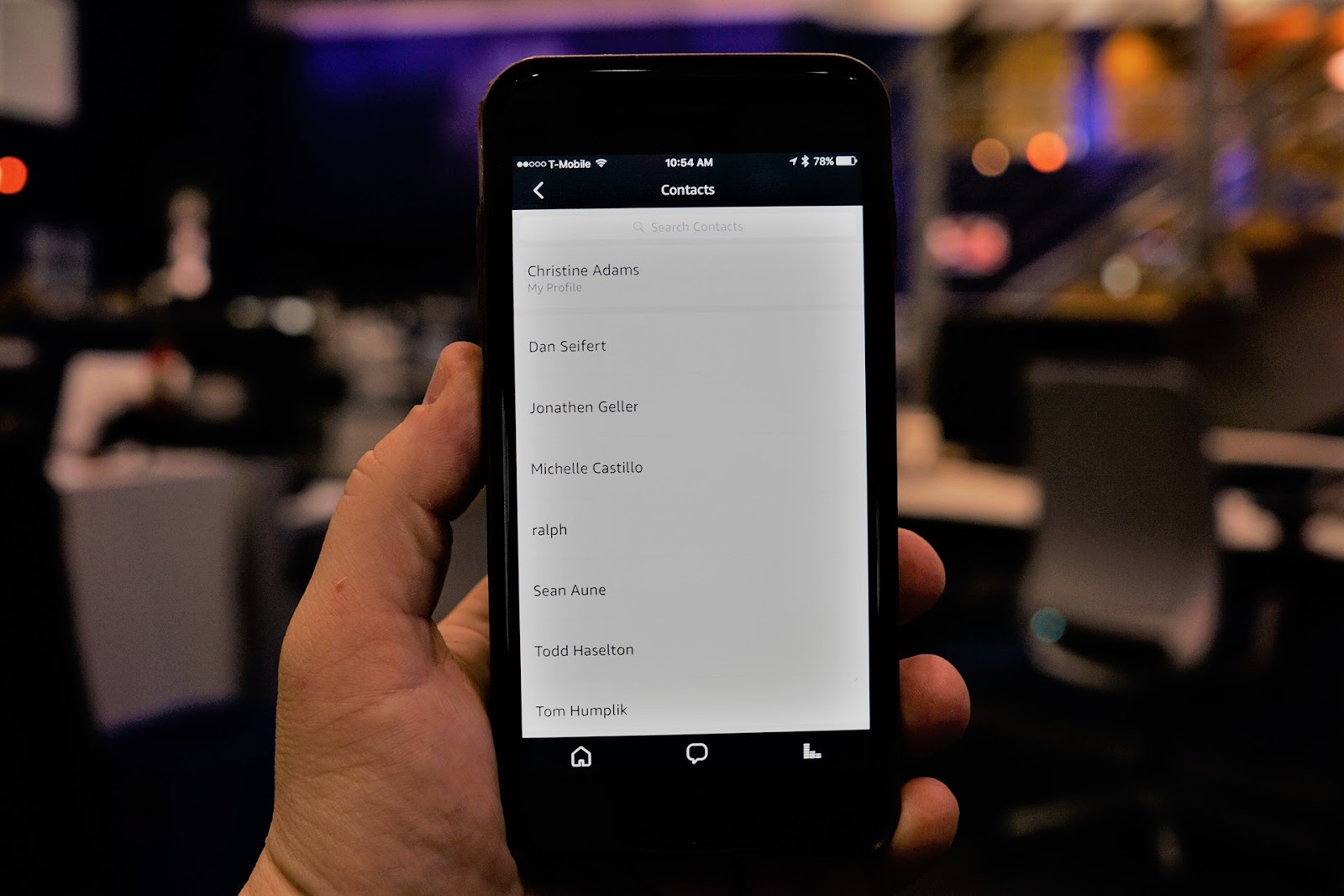

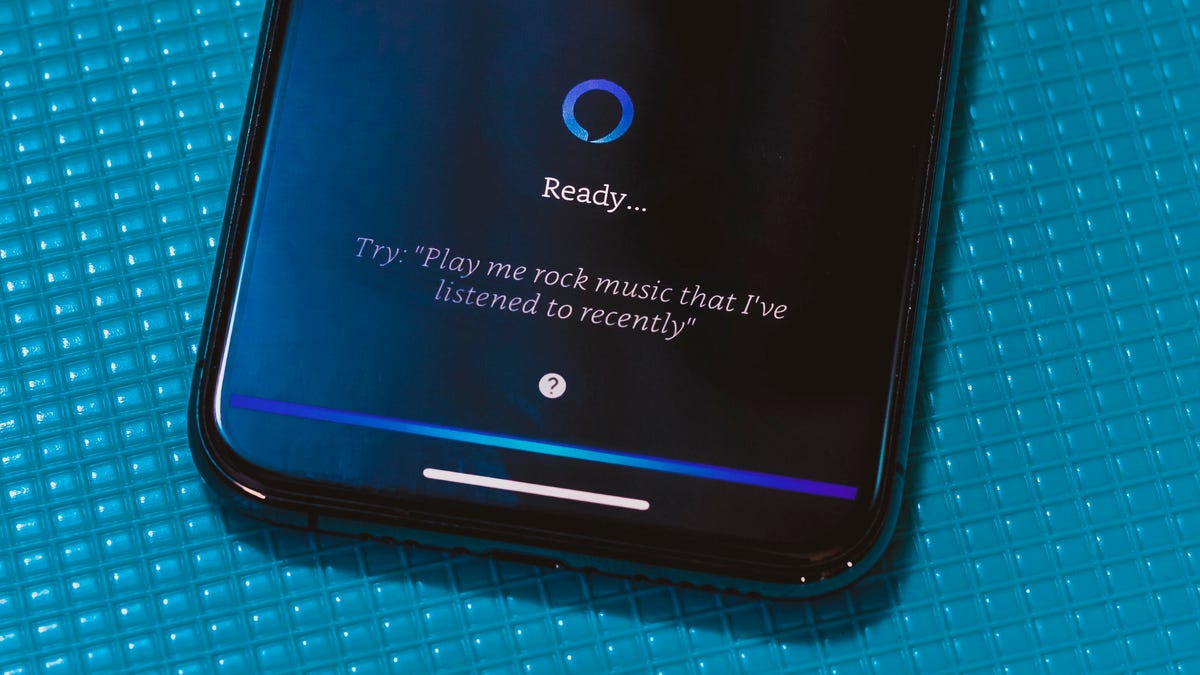
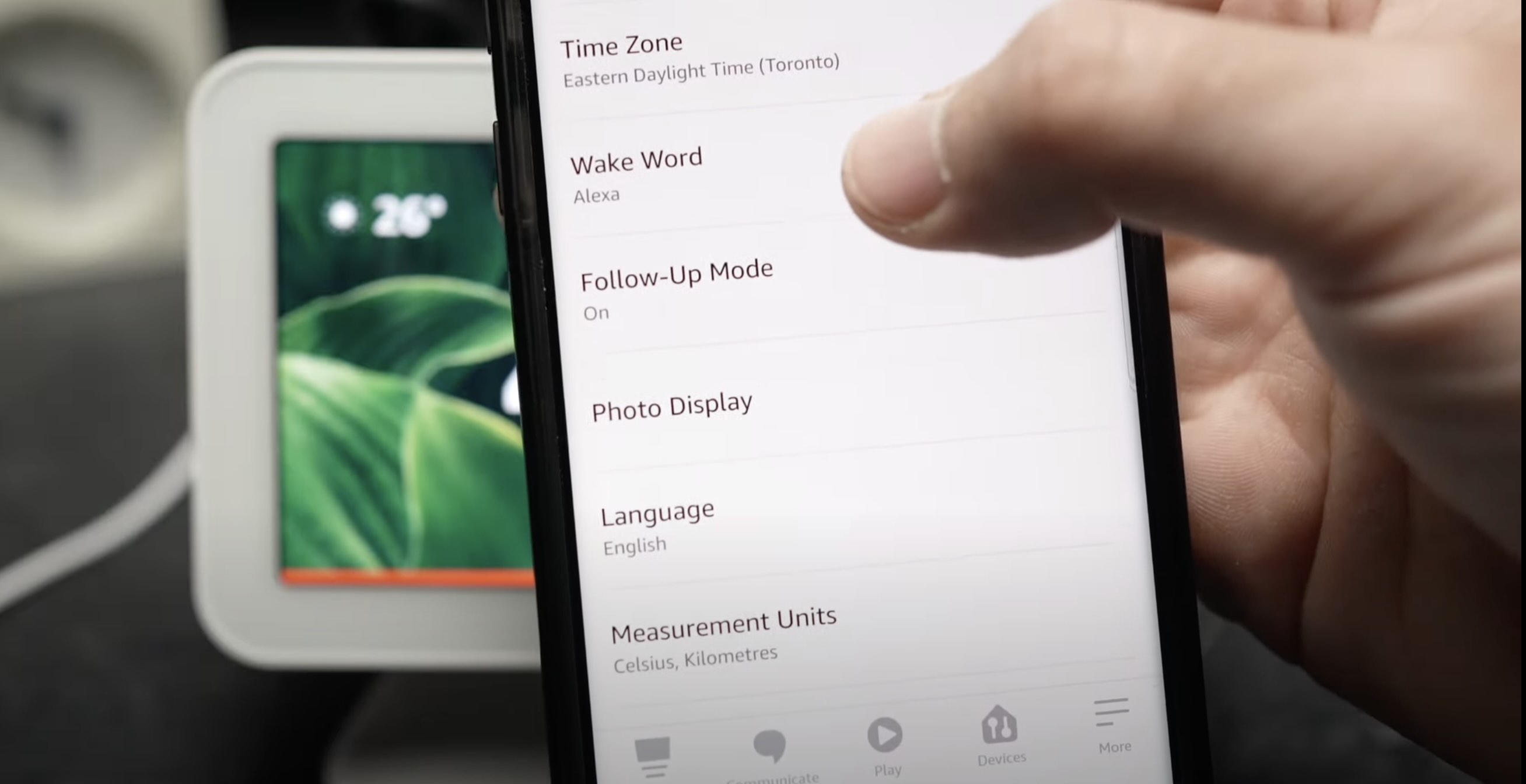

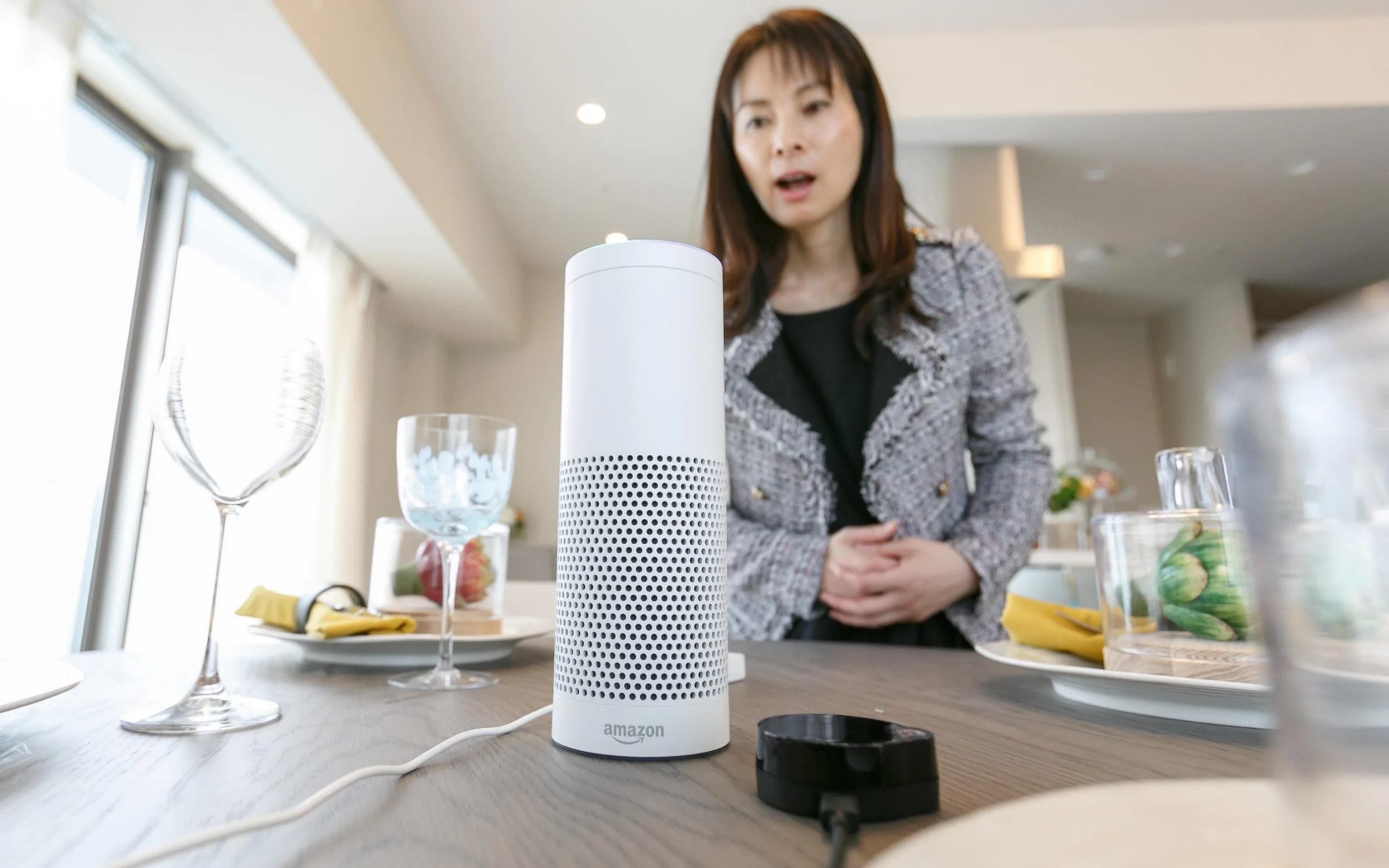

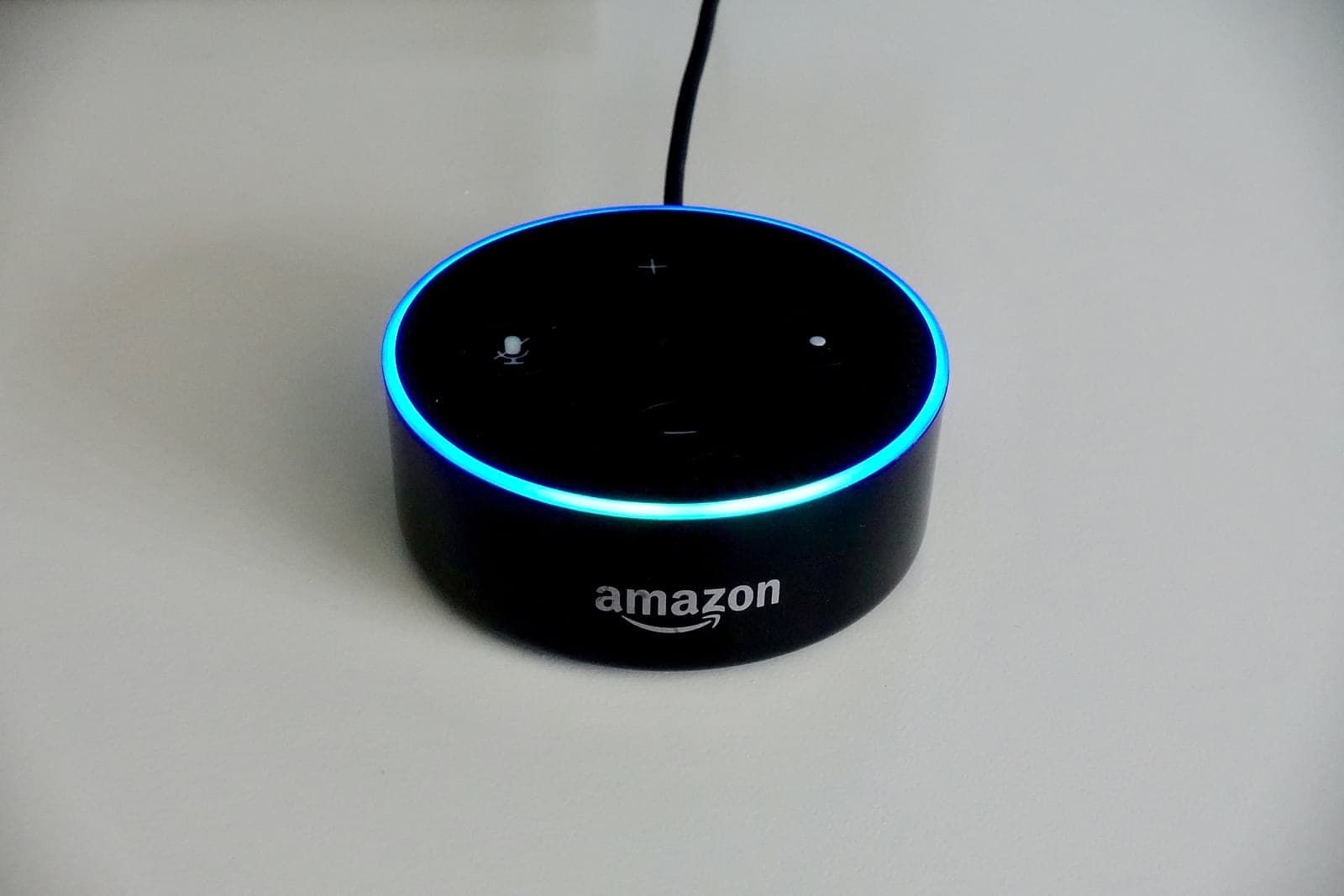

0 thoughts on “How To Reprogram An Alexa”